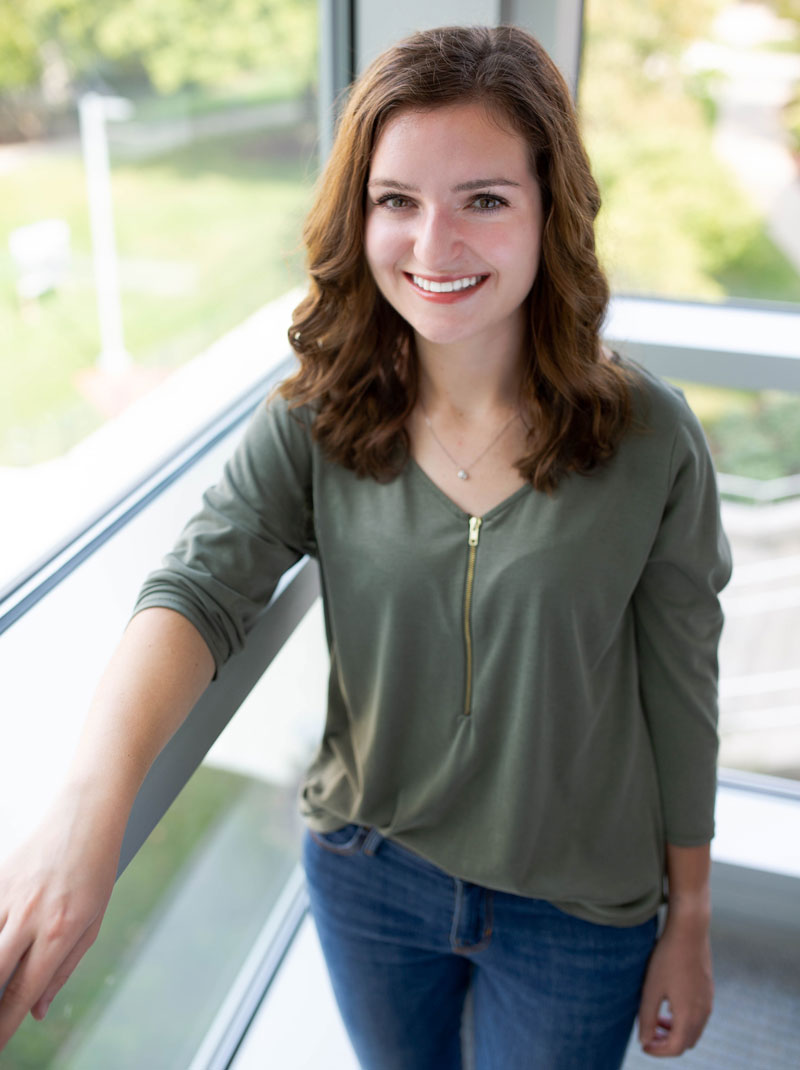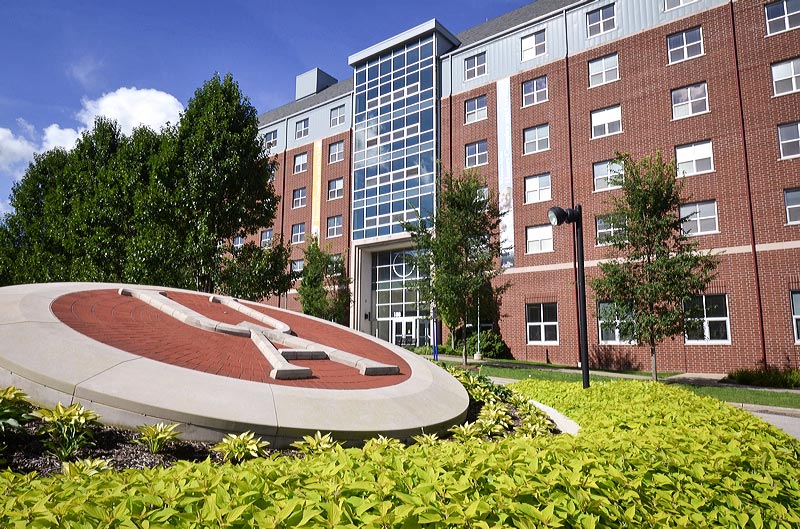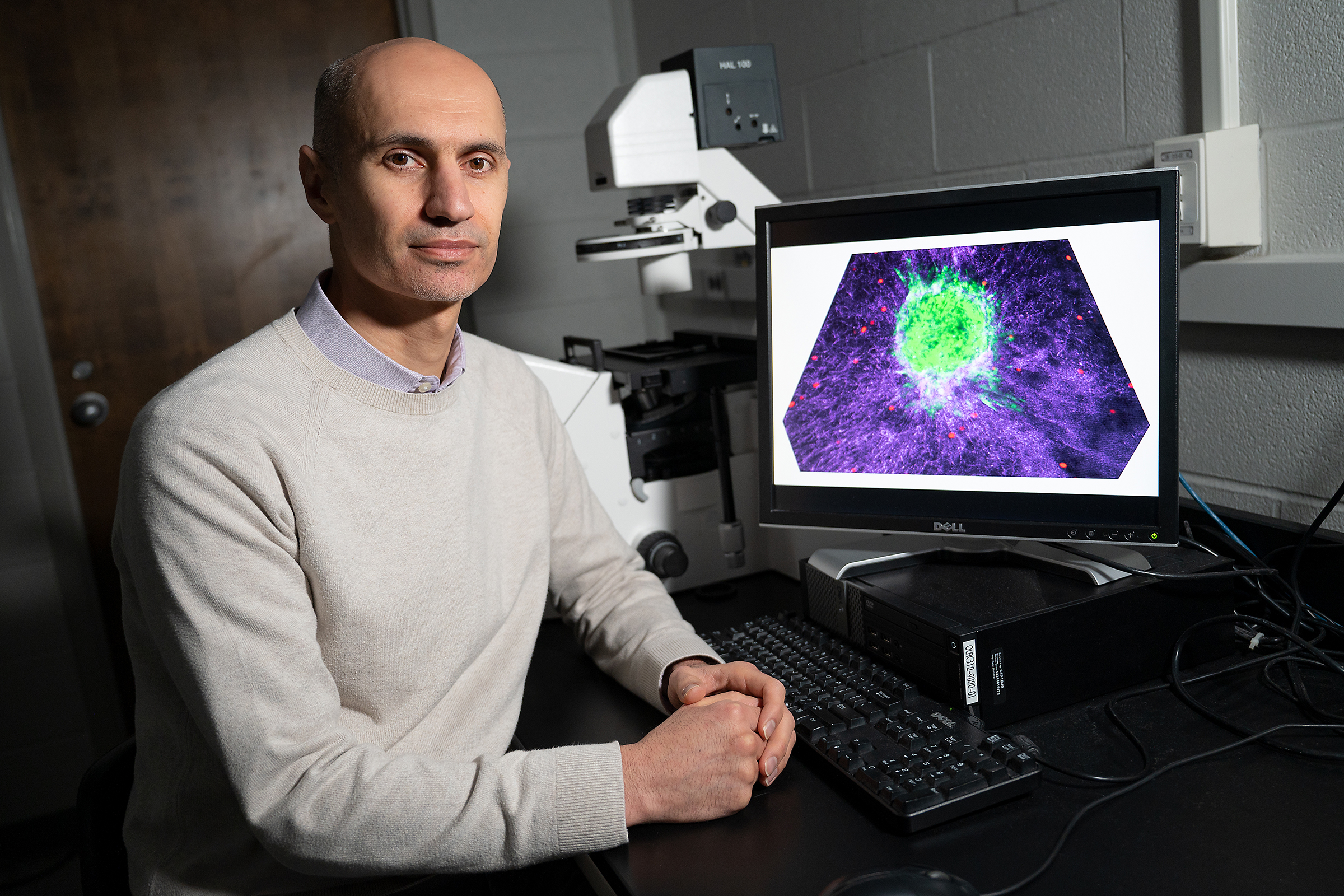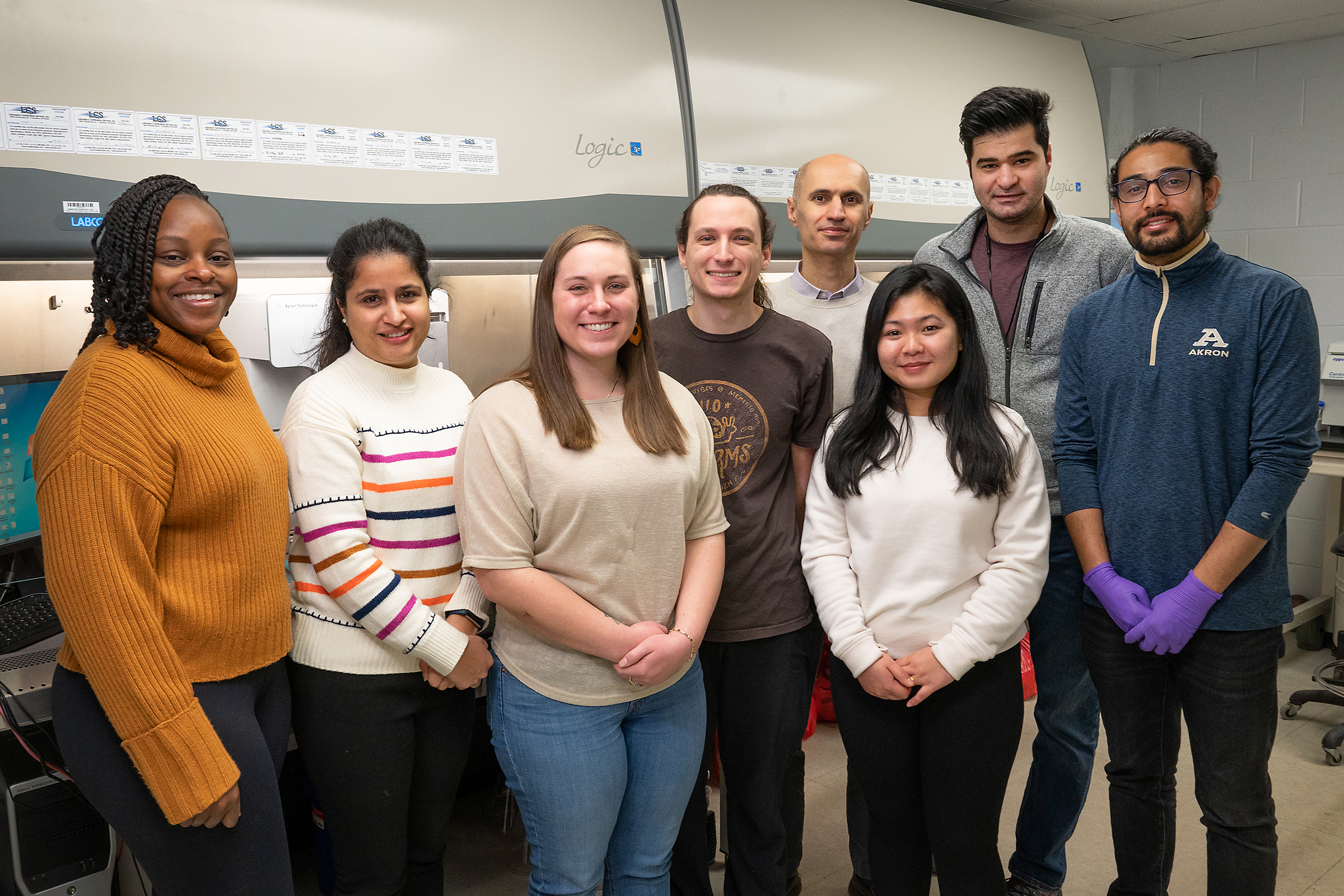In fact, she felt so at home that she called the College of Engineering to see if she could begin doing research the summer before her first year. Judit Puskas, former professor of engineering at UA, invited her to join a research group studying “acid-catalyzed methacrylation of polyisoprene,” otherwise known as “novel UV-curable rubbers,” a method of using UV light to cross-link polymer chains for electronic coating applications.
Jancewicz would later present the results of that research in her Honors Research Project, a major project required of all Williams Honors Scholars, and in a poster presentation given during her sophomore year at the 2016 International Elastomer Conference in Pittsburgh, Pa., for which she won the “Best Undergraduate Poster Award.”
At the conclusion of that first summer of research, Jancewicz moved into the Honors Complex and joined the Honors Emerging Leaders Program, which she describes as a “springboard” for social involvement and networking at the University.
“A few hours after move-in, we started socializing with all of the other Emerging Leaders across three residence halls, and the next week consisted of many ice-breaker activities, leadership speakers, and meeting a ton of new people, which pushed me out of my comfort zone immediately,” she says. “I’m a naturally introverted person, and meeting all those people helped my confidence to blossom. … By sophomore year, I felt much more comfortable talking about myself during co-op interviews.”
Her identity was forming — the pieces coming together to reveal a bright and budding engineer. Through the College of Engineering’s co-op program, Jancewicz would go on to complete five co-op rotations with The Lubrizol Corp., a specialty chemicals provider in Wickliffe, Ohio, working in various roles to help produce materials used in everyday products ranging from shampoo and laundry detergent to shoes, medical devices, CPVC piping, and coatings for gym floors.
Her performance was rewarded with a full-time job offer. After graduating next spring, Jancewicz will begin working as a project engineer for Lubrizol Advanced Materials, responsible for the scope, design, budgeting and implementation of capital projects throughout Lubrizol sites globally.
“What is cool about this position, and about being a project engineer in general, is that I will be working to put all of the pieces together to create a finished, cohesive system to serve other engineers and technical groups in the company, whether in manufacturing, process development, R&D, safety systems, or site services,” she says. “I’m amazed at how all the complex units work together to make materials that consumers use in a multitude of products, every single day. You’re impacting the masses in a much different way than, say, a doctor would for an individual patient — you’re impacting so many people at once.”
Jancewicz adds that her engineering education has been reinforced — like a portrait framed, firmly mounted and secured — by her extensive leadership experiences at UA. She has been an Honors Delegate, responsible for interacting with visiting students, parents and dignitaries. She is the national vice president and initiation director for the Tau Beta Pi engineering honor society. She is a member of the College of Engineering’s Dean’s Team and Women in Engineering, and an engineering tutor and learning assistant. She is a current leadership advisor, and former president, of the Engineering Service Design Team, which recently created an adaptable canoe seat for the Akron Rotary Camp for Children with Special Needs. She has been a UA class representative for the American Society of Chemical Engineers and for the Engineering Student Council. She has also participated in community service projects through the UA student organizations RooCatholic and serveAkron.
With these and other finishing touches — such as her completion of the Akron Marathon in 2018, her participation in intramural sports and avid support for the Zips men’s soccer team — the portrait of Amanda Jancewicz, Williams Honors Scholar and engineer, is complete, a masterpiece in blue and gold.
“It boils down to the fact that there are so many opportunities available to Honors and engineering students at the University,” she says. “There are so many student groups and design teams to join, and we all feel like one big family because we are interconnected through our involvement, majors and study groups.”
As interconnected, one might say, as the pieces of a puzzle.


 Students in our prestigious Williams Honors College live in the Honors Residence Hall with other high-achieving, self-motivated students. They can apply for additional scholarships, and gain leadership experience through student organizations and through the Honors Leadership Summit. Further, students in the Williams Honors College design their own research focus, and get personal attention from faculty advisers.
Students in our prestigious Williams Honors College live in the Honors Residence Hall with other high-achieving, self-motivated students. They can apply for additional scholarships, and gain leadership experience through student organizations and through the Honors Leadership Summit. Further, students in the Williams Honors College design their own research focus, and get personal attention from faculty advisers.
